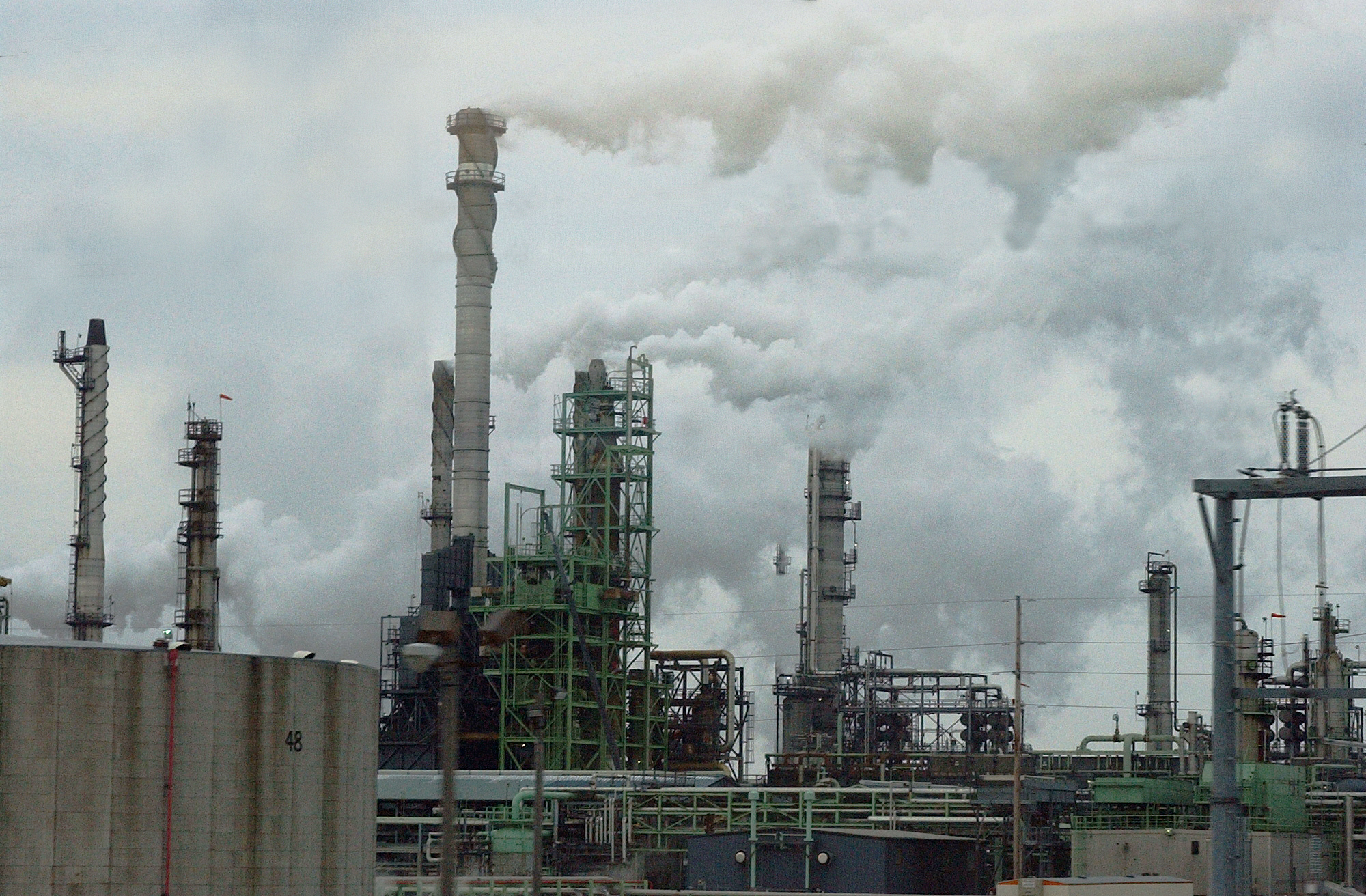House energy committee considers the cost of climate change

Let’s lead with the good news: We are not doomed.
It’s more than possible for humans to slow the effects of climate change by becoming a net-zero carbon-emitting species. But it’s going to mean major changes in energy use and employment. And it’s going to take some money.
That’s the upshot of a presentation given to the House Climate and Energy Finance and Policy Committee Tuesday by Mekala Krishnan, lead author of the McKinsey Global Institute report, “The Net-Zero Transition: What It Would Cost, What It Would Bring.” She outlined some key findings from the detailed 200-plus-page report, and talked about what the transition may look like in terms of jobs and capital expended.
“The goal of this research is to provide stakeholders with an in-depth understanding of the nature and magnitude of the economic and societal adjustments a net-zero transition would entail,” Krishnan said.
So what does “net-zero” mean? It’s a target of completely negating the amount of greenhouse gases produced by human activity, to be achieved by reducing emissions and implementing methods of absorbing carbon dioxide from the atmosphere.
“While the immediate tasks ahead may seem daunting, human ingenuity can ultimately solve the net-zero equation, just as it has solved other seemingly intractable problems over the past 10,000 years,” Krishnan wrote in the report’s conclusion. “The key issue is whether the world can muster the requisite boldness and resolve to broaden its response during the upcoming decade that will in all likelihood decide the nature of the transition.”
So what would this transition to net-zero by 2050 look like? Krishnan outlined six key conclusions of the institute’s research:
- The net-zero transition can only be achieved if all seven energy and land-use systems substantially reduce emissions: power, industry, mobility, buildings, agriculture, forestry and waste.
- In the transition scenario presented, annual spending on physical assets would rise to about $9.2 trillion. That would also require a major shift in the nature of capital spending.
- Global capital spending in this scenario would rise to almost 9% of the gross domestic product by 2030 before falling back.
- A fifth of the world’s economy is very exposed during the transition, resulting in a reallocation of jobs across sectors. For example, agriculture would see a substantial net gain in jobs, as would the power industry, while oil, gas and coal jobs would drop substantially.
- There would be a multitude of short-term risks in the transition, such as in supply constraints, price volatility and labor market disruptions.
- However, the shift to a net-zero emissions world would also create opportunities for both businesses and countries, such as in the areas of decarbonizing processes and products, and replacing high-emission products and processes with low-emission ones.
As for that shift in jobs, the report concludes that the transition could result in a gain of about 200 million and a loss of about 185 million direct and indirect jobs globally by 2050. So there would be much upheaval, but a net gain of 15 million jobs.
So what action steps can be taken to get to the net-zero goal by 2050? That’s a far more complex question, but Krishnan did offer that it begins with cooperation between government and business as they extend their planning further into the future while taking immediate actions to manage risks and seize opportunities.
Related Articles
Search Session Daily
Advanced Search OptionsPriority Dailies
Ways and Means Committee OKs proposed $512 million supplemental budget on party-line vote
By Mike Cook Meeting more needs or fiscal irresponsibility is one way to sum up the differences among the two parties on a supplemental spending package a year after a $72 billion state budg...
Meeting more needs or fiscal irresponsibility is one way to sum up the differences among the two parties on a supplemental spending package a year after a $72 billion state budg...
Minnesota’s projected budget surplus balloons to $3.7 billion, but fiscal pressure still looms
By Rob Hubbard Just as Minnesota has experienced a warmer winter than usual, so has the state’s budget outlook warmed over the past few months.
On Thursday, Minnesota Management and Budget...
Just as Minnesota has experienced a warmer winter than usual, so has the state’s budget outlook warmed over the past few months.
On Thursday, Minnesota Management and Budget...